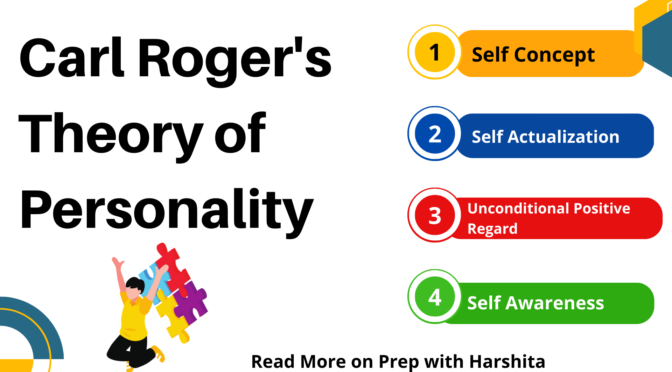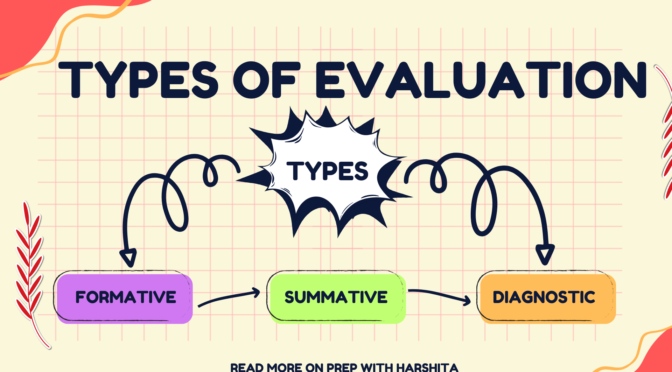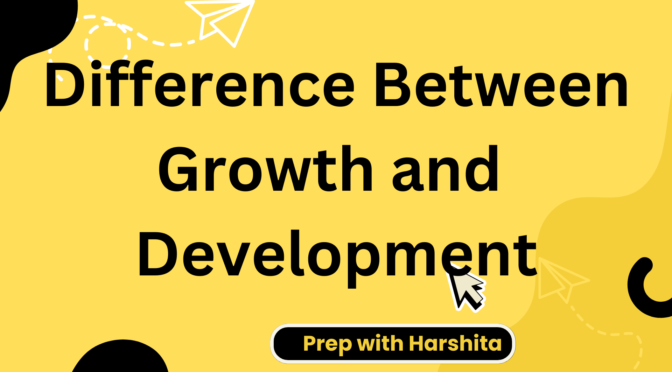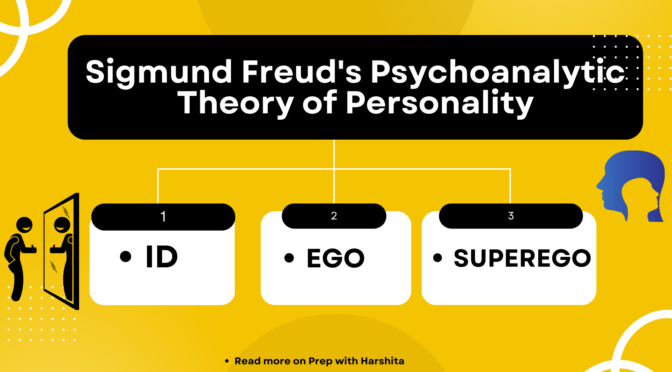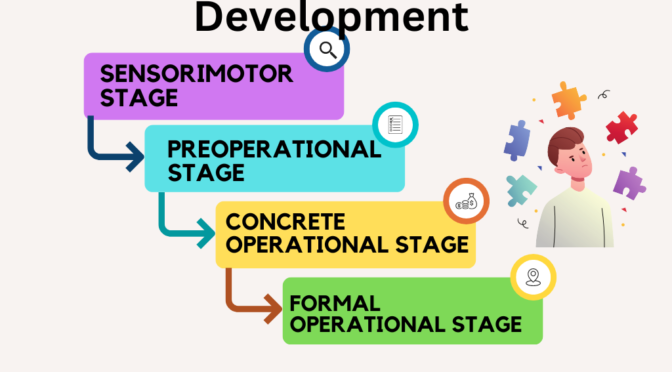Carl Rogers was an American psychologist who is known for his humanistic approach to psychology and his influential work on personality theory. Rogers believed that human beings have an innate tendency towards self-actualization, which is the process of realizing their full potential as individuals.
His personality theory emphasizes the importance of self-awareness, self-acceptance, and positive regard in the development of a healthy personality.
What is self actualization?
Self-actualization is a term used in psychology to describe the process of realizing and fulfilling one’s potential. According to the humanistic psychologist Abraham Maslow, self-actualization is the highest level of human development and represents the fulfillment of all other lower-level needs such as physiological, safety, love, and esteem needs.
Self-actualization involves a deep understanding and acceptance of oneself, a sense of purpose and direction in life, and a desire to continually grow and develop as an individual. It involves the pursuit of personal goals that are meaningful, challenging, and aligned with one’s values and beliefs.
Self-actualized individuals are said to have a strong sense of inner peace, autonomy, and creativity. They are often characterized by a deep appreciation of life and a sense of gratitude for their experiences. Maslow believed that self-actualization is a rare and elusive state that only a small percentage of people ever achieve, but that it is an important goal to strive for in life.
Rogers’ theory of personality has three core concepts: self-concept, incongruence, and unconditional positive regard.
- Self-concept: Self-concept refers to an individual’s perceptions and beliefs about themselves. It includes their thoughts and feelings about their abilities, personality traits, and values. Rogers believed that self-concept is developed through interactions with others, and that it is constantly evolving throughout a person’s life. He emphasized the importance of self-awareness in developing a positive self-concept.
- Incongruence: Incongruence refers to the discrepancy between an individual’s self-concept and their actual experiences. When there is a significant gap between the two, it can lead to feelings of anxiety, guilt, and self-doubt. Rogers believed that people have a natural drive towards reducing this incongruence by adjusting their self-concept or their experiences.
- Unconditional Positive Regard: Unconditional positive regard is the acceptance and support of another person without any conditions or judgement. Rogers believed that providing this type of support is crucial in the development of a healthy personality, as it allows individuals to feel valued and accepted for who they are, which in turn allows them to develop a positive self-concept.
Rogers believed that individuals have the potential to become fully functioning, meaning that they are able to reach their full potential. A fully functioning individual has a positive self-concept, is open to new experiences, is able to regulate their emotions effectively, and has a strong sense of personal identity. Rogers believed that everyone has the potential to become a fully functioning individual, but that this is often hindered by societal pressures and negative experiences.
Rogers’ theory also includes the idea of empathy and genuineness. Empathy is the ability to understand and share the feelings of another person. Rogers believed that therapists should have empathy for their clients in order to create a safe and accepting environment for them to explore their thoughts and feelings. Genuineness refers to the therapist’s ability to be authentic and sincere in their interactions with their clients.
In summary, Carl Rogers’ humanistic theory of personality emphasizes the importance of self-awareness, positive regard, and personal growth in the development of a healthy personality. By understanding and accepting themselves, individuals can become more fully functioning and reach their full potential.
Also Read : Freud Theory
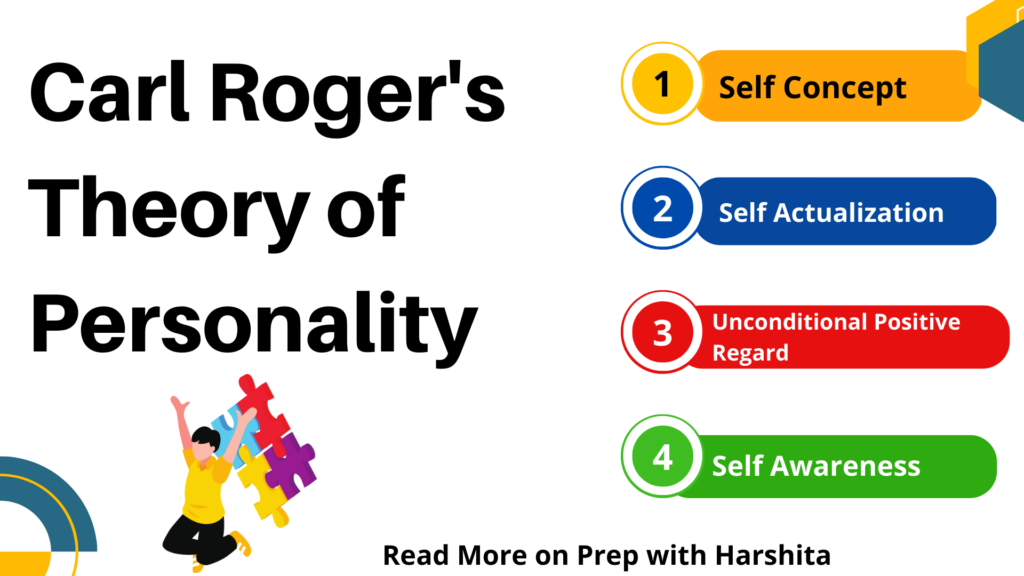
Also Visit : Prep with Harshita

